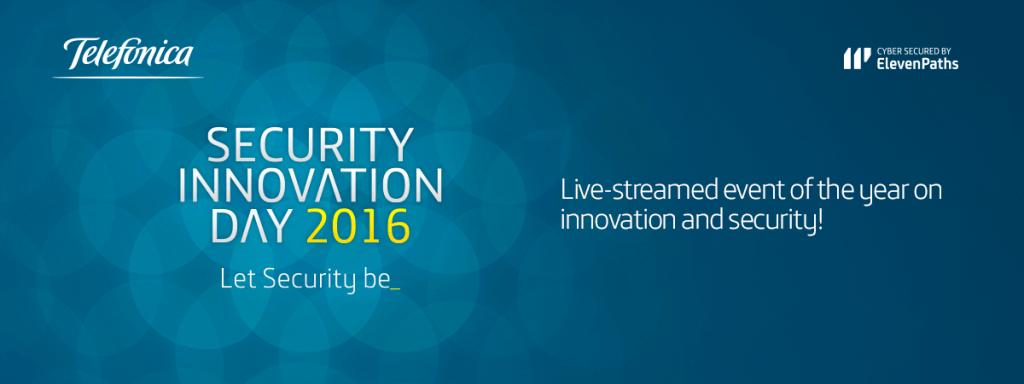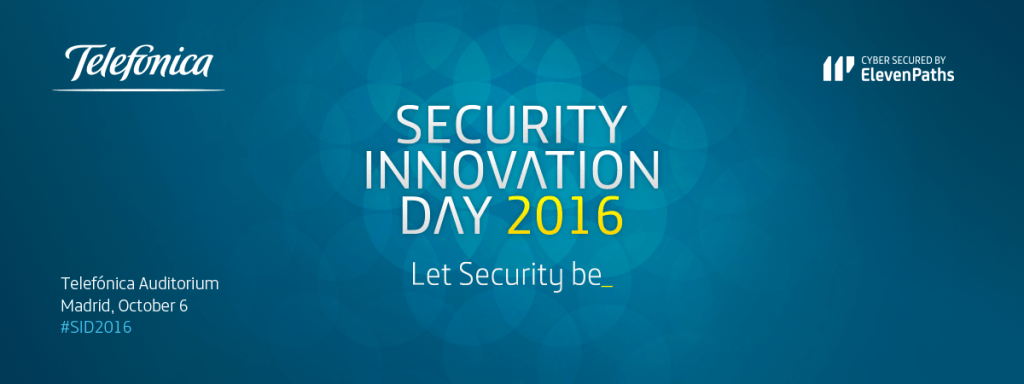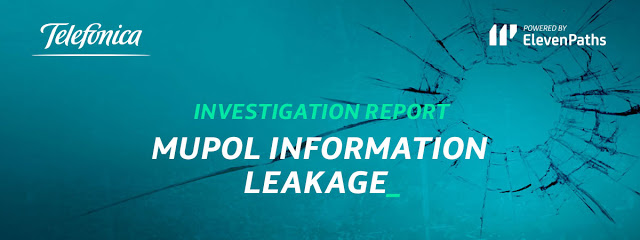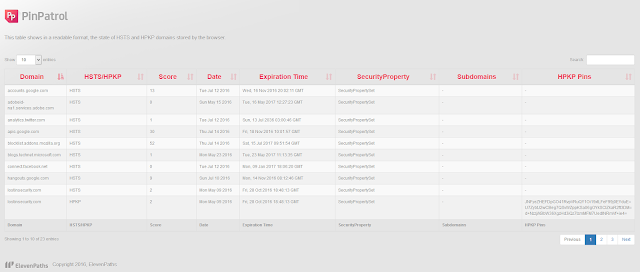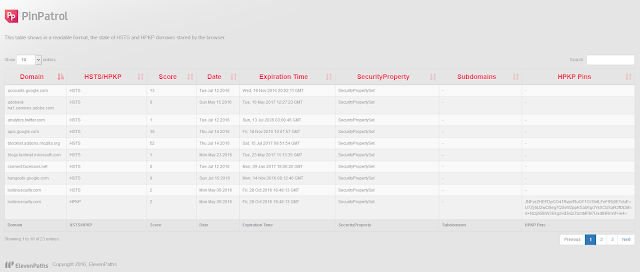What is FIWARE?
FIWARE is an open source initiative that works towards building a set of standards to develop Smart applications for different domains such as Smart Cities, Smart Ports, Smart Logistics, Smart Factories and others. Smart Applications require collecting data from different sources about what is going on that is relevant to the application at any moment, what we refer to as “context information”. Current and historic context information is then processed, visualised, and analysed at large scale, thus producing the expected intelligent behaviour.
FIWARE promotes a standard that describes how to collect, manage and publish context information, and additionally adds certain elements that allow exploiting collected data. Such standard doesn’t exist today and it would be instrumental in building a Digital Single Market for Smart Applications where apps/solutions can be ported from one customer to another without major changes. It also solves multiprotocol communication in multisensor networks. It offers a solution to the diversity in IoT protocol and languages, and translates the information gathered from the sensors to a common language.
FIWARE, a key ally for Smart Cities
For Smart Cities this means having a standard about how to collect, manage and publish data describing what is going on in the city at any moment, near to real-time. The processing and analysis of current and historic data will give local authorities very valuable insights enabling them to better control and monitor the quality of the services provided to citizens. Additionally cities are enabled to export and publish part of this information in order to spur third-party developers to build new applications that are useful for citizens, the local economy, and productive processes of the city alike. That is why we say that adopting FIWARE standards, cities will transform into engines of growth.
What is the FIWARE NGSI Standard?
The standard FIWARE proposes to describe how to collect, manage, publish, and notify about changes of context information is called FIWARE NGSI. A Smart application must be able to understand this context data, process it and react accordingly exhibiting an intelligent behaviour. Context is anything located or happening in the city such as the streets, the city services, the citizens, etc. There is currently no standard API to access context data. Just imagine how powerful it would be that any application running on your smart phone would be able to connect to a well-known endpoint that the city and other data providers export and then it is able to discover what is going on around that is relevant to its user. It would be a game changer. FIWARE NGSI solves this critical gap, providing the required answer.
FIWARE has became cornerstone in frontrunner Smart Cities standardization initiatives
As indicated in a recently published report by Machina Research, one of the problems around Smart Cities is that there are no standards. According to their analysis, using non-standardized versus standards-based solutions for IoT will increase the cost of deployment, hinder mass scale adoption, and stifle technology innovation for smart city initiatives worldwide. Many cities boast having developed Smart City initiatives in the last years but without underlying standards. Due to this shortcoming, solutions that work for a certain city cannot be deployed in a different city without important adaptation efforts.
There is the general consensus that in order to ensure proper Smart City development, a minimum set of standards, commonly adopted by the cities, is required. One of the most significant efforts in this direction is the Open and Agile Smart Cities (OASC) initiative. This initiative, kicked off in 2015, when a group of cities agreed which technologies would be used as common de facto standards. Their goal is develop together a digital single market for Smart Cities where any solution that is developed will be valid for several cities without requiring any adaptation whatsoever.
This initiative tries to adopt a very basic set of standards. Basically cities joining the OASC initiative commit to adopt three mechanisms:
- One single API for managing and access to context data describing what is happening in the city at any moment. The standard of choice was FIWARE NGSI.
- Commonly defined Data models, ensuring that data and its meaning is equivalent across cities.
- Mechanisms for publishing and sharing not only historic but real-time datasets as Open Data.
The first two mechanisms will allow that apps developed for one city will immediately work for any other city sharing the same API and data models. The third will help both historic and real-time open data to be discovered and tested. The 15 founding cities of the OASC initiative have quickly grown to reach 89 cities in 19 different countries at the beginning of 2016. FIWARE has benefitted from this quick traction of so many cities joining the OASC in barely one year and a half.
Another relevant initiative is the Smart City program run by TM Forum. This organization offers thought leadership and strategy to service providers such as telcos. Recently, TM Forum has created a program targeted to establish a vision and strategy for Smart Cities. TMForum has partnered with FIWARE and promotes NGSI as the first standard cities can adopt in order to access a greater ecosystem. TM Forum and FIWARE have also jointly developed a number of enablers to be published in the last release of FIWARE which, relying on TMForum’s Business APIs, working to create an economy of data.
The White House shows interest in FIWARE
Last September the White House announced the creation of an international workgroup led by the National Institute of Standards and Technology (NIST) which has two goals:
- study successful Smart Cities initiatives around the world to extract a set of best practices
- Identify successful standards that can be adopted as pivotal points of interoperability for Smart Cities.
Relevant standardization bodies and initiatives have been invited to participate in this workgroup which is expected to publish its results next summer. FIWARE is one of the invited parties as a key player in Smart City standardisation efforts around the world.
The attention gained thanks to the OASC initiative and the partnership with TM Forum, is now reinforced with this new recognition by the NIST’s invitation to join the workgroup. As a result, FIWARE becomes the most relevant and attractive open source initiative in the Smart City scene.
FIWARE belongs to no one, FIWARE belongs to everyone. It will be free, forever
These accolades make cities that are considering FIWARE and other platforms (some of them proprietary) opt for FIWARE over other options. It also allows partnering with expert players – like Telefónica – with proven results deploying solutions based on a FIWARE-compliant Smart City platform. Cities that opt for FIWARE benefit from tested standards and protect their investments, while joining other cities in an even greater market. This attracts developers that build new solutions that many cities can benefit from, creating a more sustainable ecosystem around Smart Cities.
Looking towards the future, Telefónica, Orange, Engineering and Atos have taken a big step and decided to turn FIWARE into a Foundation with headquarters in Germany in order to protect the brand and achieve neutral standard status for FIWARE unlinked to vendors. It will belong to no in particular and everyone in general. It will be open for other organizations that wish to join the initiative.
FIWARE is also proving useful in other IoT markets such as Smart Agrifood or Smart Industry (Industry 4.0) where standardization can play a major role. The EU Commission issued its digitization recommendations last April and pointed FIWARE out as the platform organizations should plan their strategy around. We believe in breaking traditional barriers that treat Smart solutions – Smart Cities, Smart Industry, Smart Home… – in separate silos and begin to consider Smart services as a end-to-end continuum that affects people and companies alike.


